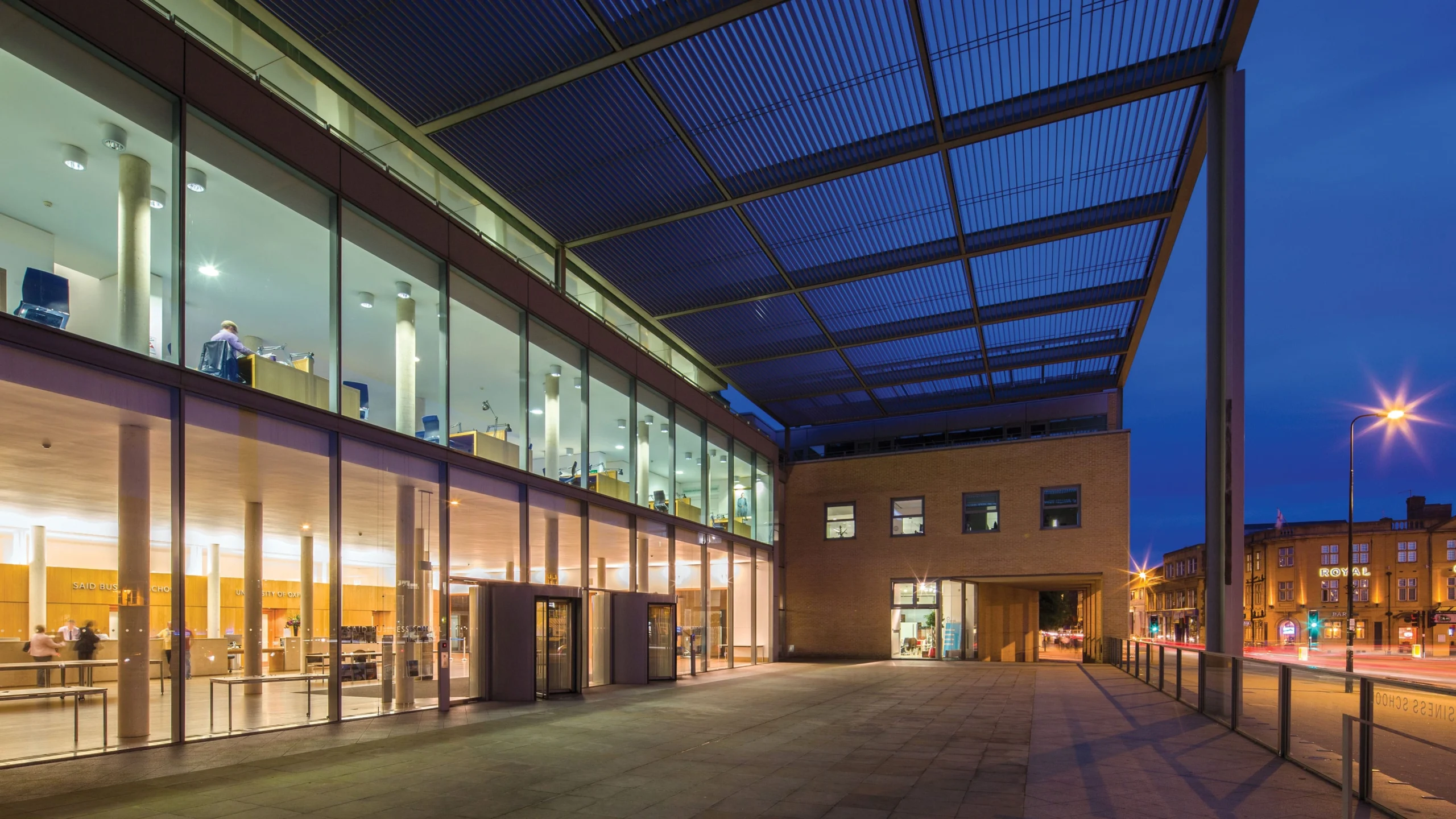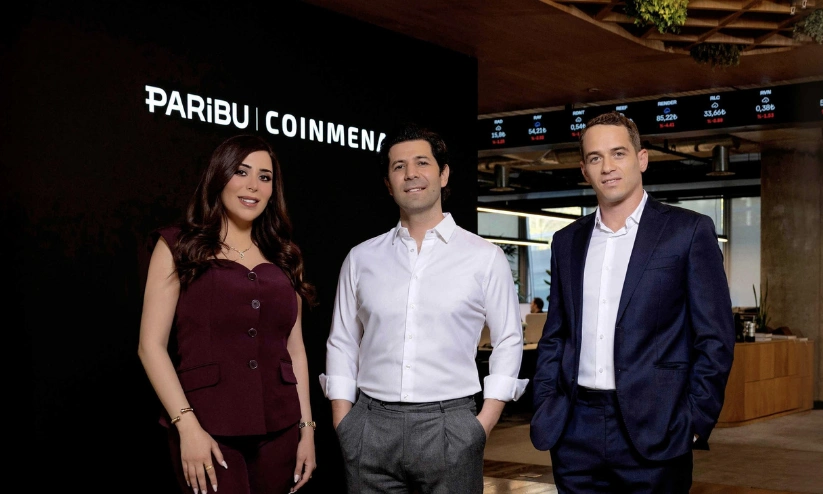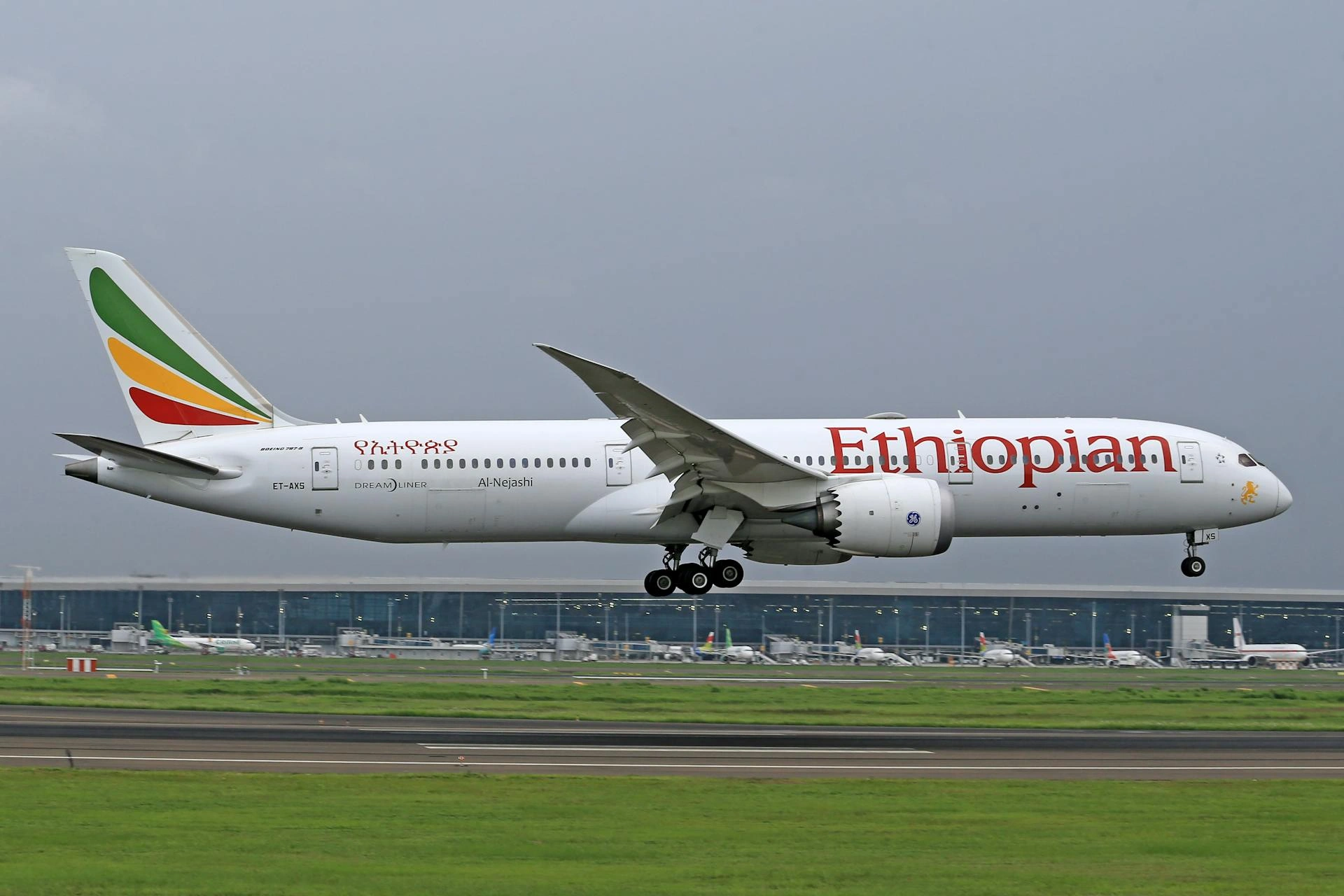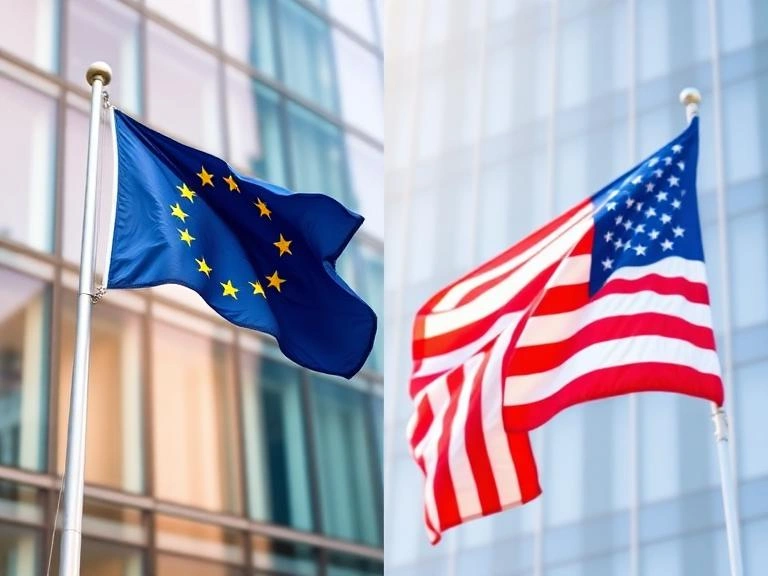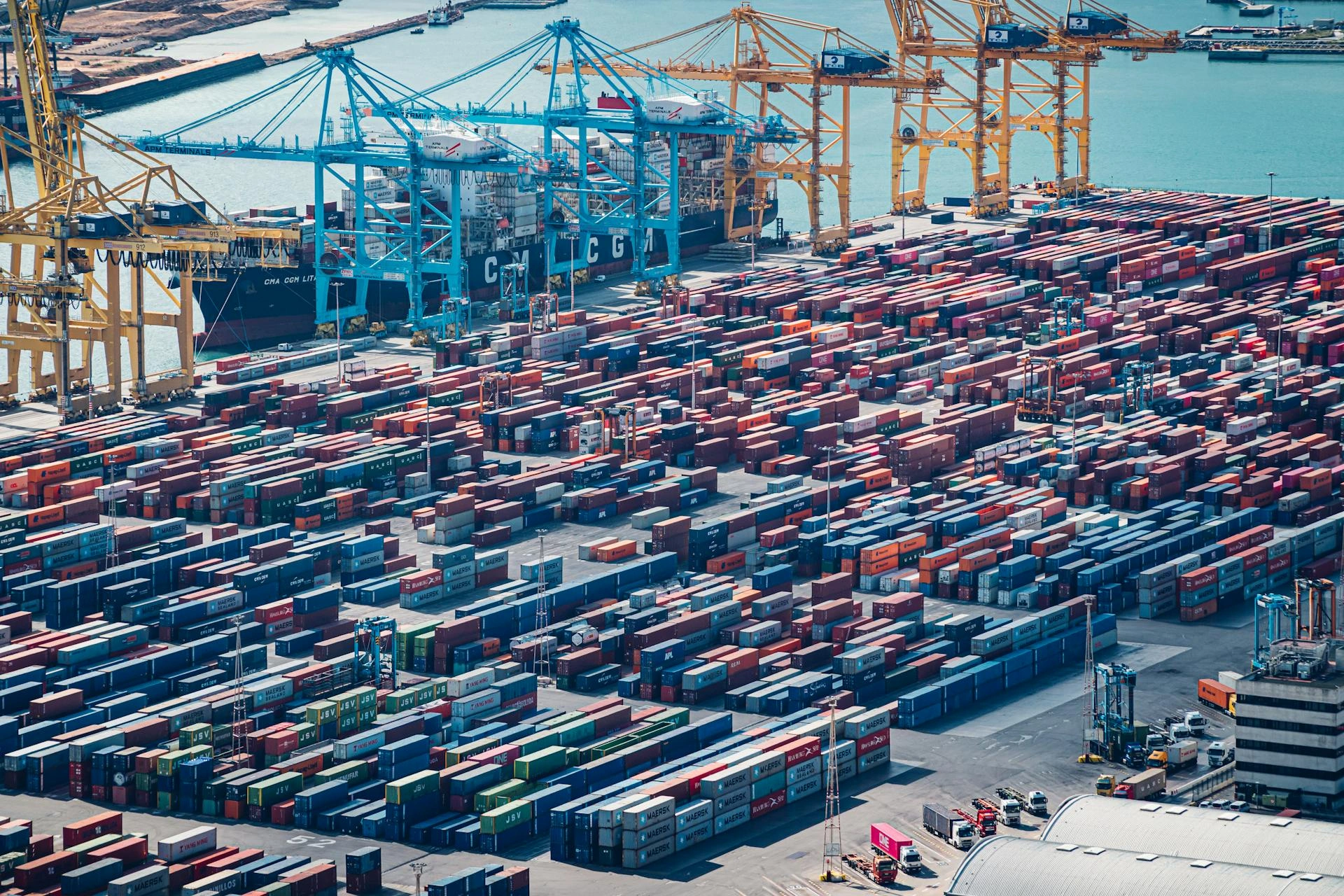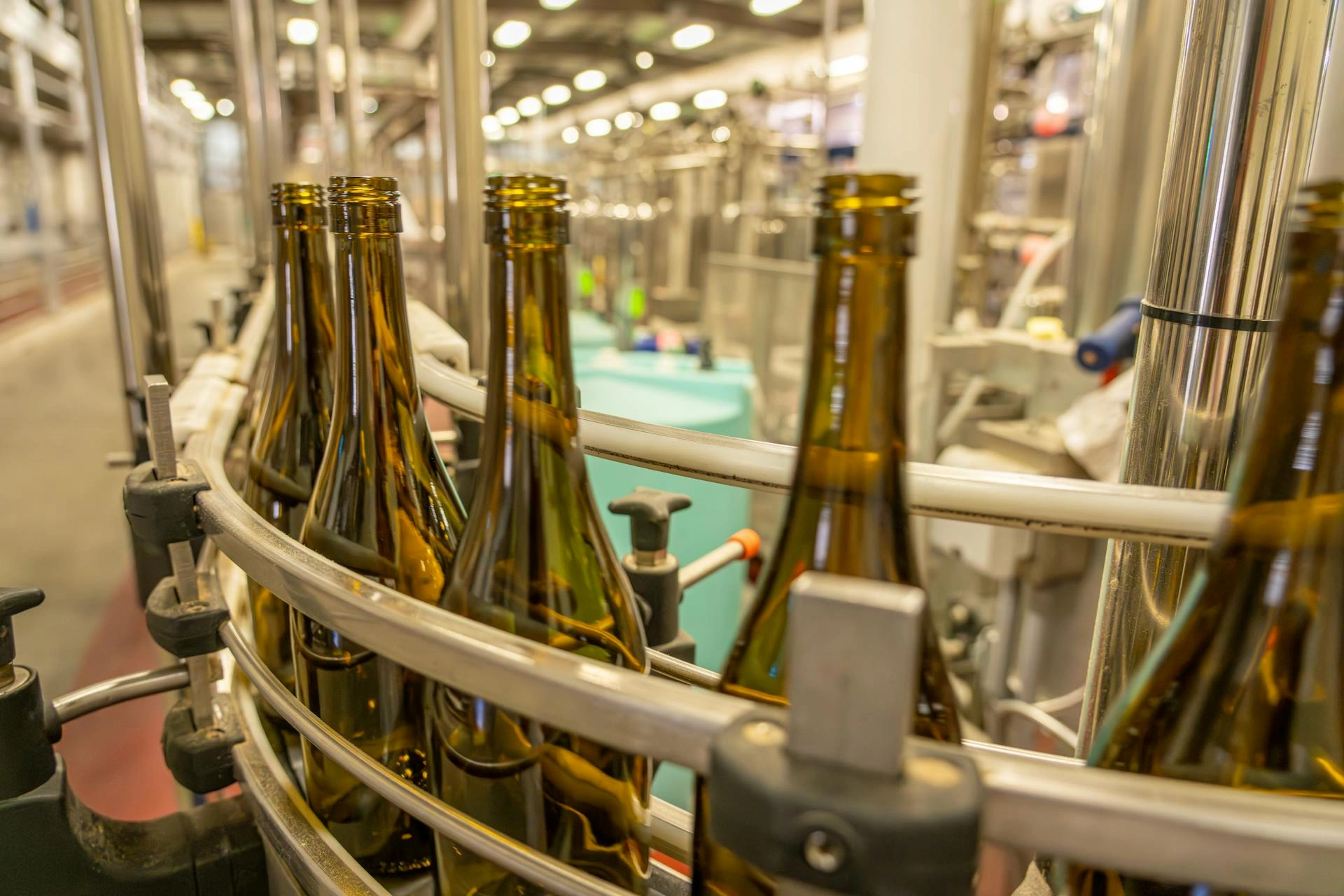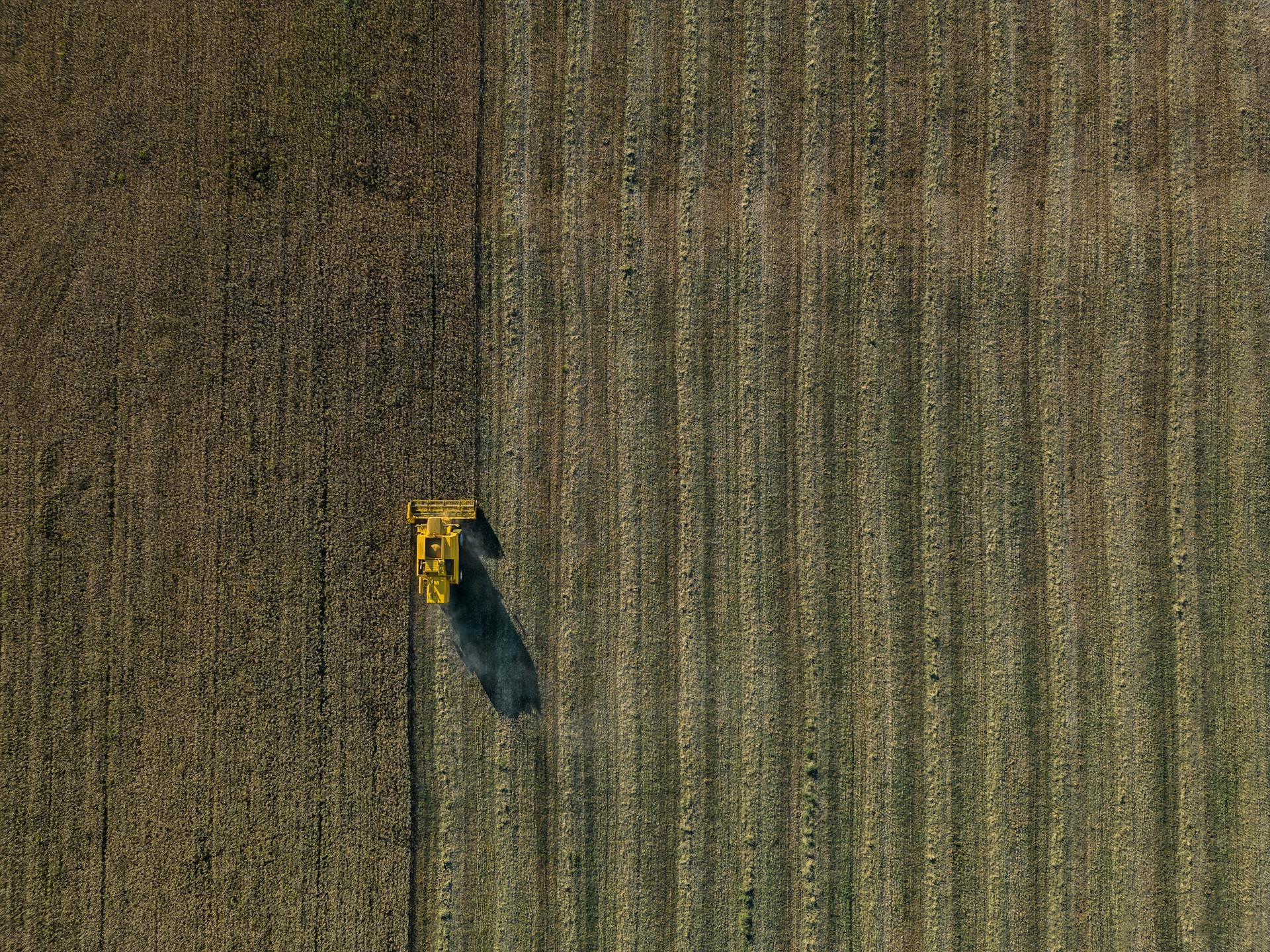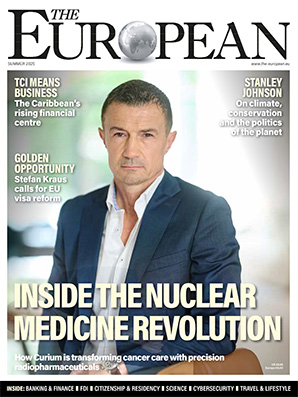Boeing advances autonomous flight capabilities in the UK

John E. Kaye
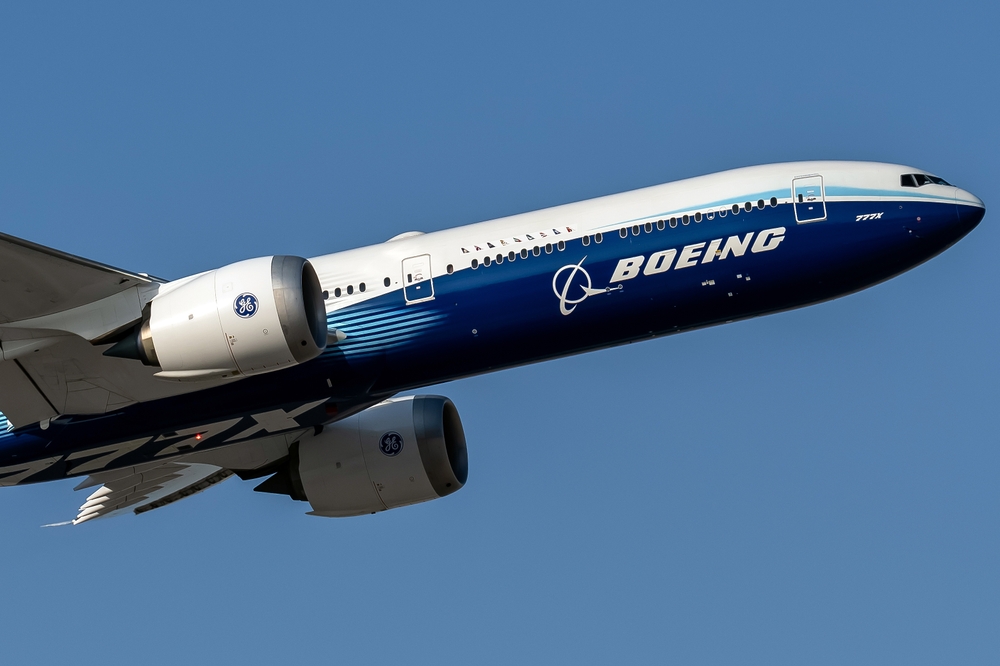
Boeing, a global leader in aerospace technology, has achieved a significant milestone in autonomous flight trials
The company successfully completed the second phase of testing for Uncrewed Aerial Vehicles (UAVs) in the United Kingdom. This achievement marks a crucial step toward enhancing military capabilities and shaping the future of autonomous collaborative platforms.
During the trials, Boeing deployed four fixed-wing Albatross UAVs. Their mission? To detect and jam a radio frequency emitted by an enemy target. Each UAV was equipped with advanced mission systems, including multispectral machine vision and novel search algorithms. These technologies allowed the UAVs to respond intelligently to their environment and collaborate seamlessly with each other.
Phase two of the trials introduced a game-changing capability: autonomous platform-to-platform teaming. This innovation enables the UAVs to work together effectively, extending their reach and improving target identification. By leveraging this technology, Boeing aims to create low-cost Air Launched Effects (ALEs) that can operate alongside crewed platforms.
As defense forces worldwide embrace autonomous and AI technologies, Boeing’s test program becomes pivotal. The successful completion of Phase 2 UAV testing demonstrates the feasibility of collaborative autonomous platforms. These platforms could play a crucial role in future defense operations, enhancing situational awareness, response times, and overall effectiveness.
Steve Burnell, managing director of Boeing Defence UK, emphasised the significance of these trials: “This innovative test program could be the cornerstone of future autonomous collaborative platforms in the UK.”
With a workforce of 4,000 and growing in the UK, Boeing remains committed to economic growth, sustainability, and community impact. The company’s contributions extend beyond technological advancements—they shape the future of aerospace and defense.
Sign up to The European Newsletter
RECENT ARTICLES
-
 Mycelium breakthrough shows there’s mush-room to grow in greener manufacturing
Mycelium breakthrough shows there’s mush-room to grow in greener manufacturing -
 Marriott strengthens South African portfolio with new Autograph Collection hotel in Cape Town
Marriott strengthens South African portfolio with new Autograph Collection hotel in Cape Town -
 Oxford to host new annual youth climate summit on UN World Environment Day
Oxford to host new annual youth climate summit on UN World Environment Day -
 Countdown to Davos 2026 as Switzerland gears up for the most heated talks in years
Countdown to Davos 2026 as Switzerland gears up for the most heated talks in years -
 Paribu buys CoinMENA in USD 240m deal as regional crypto markets consolidate
Paribu buys CoinMENA in USD 240m deal as regional crypto markets consolidate -
 AI innovation linked to a shrinking share of income for European workers
AI innovation linked to a shrinking share of income for European workers -
 African airspace overhaul set to shorten flight times for European travellers
African airspace overhaul set to shorten flight times for European travellers -
 Exclusive: Global United Nations delegates meet in London as GEDU sets out new cross-network sustainability plan
Exclusive: Global United Nations delegates meet in London as GEDU sets out new cross-network sustainability plan -
 Fast fashion brands ‘greenwash’ shoppers with guilt-easing claims, study warns
Fast fashion brands ‘greenwash’ shoppers with guilt-easing claims, study warns -
 Europe’s shrinking middle class is turning to the radical right, new study suggests
Europe’s shrinking middle class is turning to the radical right, new study suggests -
 Private sector set to overtake government as main driver of corporate sustainability in 2026, report suggests
Private sector set to overtake government as main driver of corporate sustainability in 2026, report suggests -
 Europe emphasises AI governance as North America moves faster towards autonomy, Digitate research shows
Europe emphasises AI governance as North America moves faster towards autonomy, Digitate research shows -
 JPMorgan plans multibillion-pound tower in Canary Wharf
JPMorgan plans multibillion-pound tower in Canary Wharf -
 Strong workplace relationships linked to higher initiative among staff, study finds
Strong workplace relationships linked to higher initiative among staff, study finds -
 Brexit still hitting poorest hardest as food costs rise and mental health worsens
Brexit still hitting poorest hardest as food costs rise and mental health worsens -
 Global crises reshape household food habits, major review finds
Global crises reshape household food habits, major review finds -
 Sir Trevor McDonald honoured at UWI London Benefit Dinner celebrating Caribbean achievement
Sir Trevor McDonald honoured at UWI London Benefit Dinner celebrating Caribbean achievement -
 Adelphi Masterfil acquires Karmelle to bolster UK machinery manufacturing
Adelphi Masterfil acquires Karmelle to bolster UK machinery manufacturing -
 Cost-of-living pressures push London staff to seek practical perks
Cost-of-living pressures push London staff to seek practical perks -
 AI and scent-science firm Arctech expands into agriculture with Rothamsted base
AI and scent-science firm Arctech expands into agriculture with Rothamsted base -
 Malta PM says future growth hinges on stronger higher-education system
Malta PM says future growth hinges on stronger higher-education system -
 Golden visa surge sets the stage for InvestPro Greece 2025
Golden visa surge sets the stage for InvestPro Greece 2025 -
 Germany bucks Europe’s high-growth surge as continent sees strongest expansion in five years
Germany bucks Europe’s high-growth surge as continent sees strongest expansion in five years -
 Women turning to entrepreneurship to fight age bias at work, study shows
Women turning to entrepreneurship to fight age bias at work, study shows -
 Lithuania launches ‘Investment Highway’ to cut major project approval times from three years to three months
Lithuania launches ‘Investment Highway’ to cut major project approval times from three years to three months



